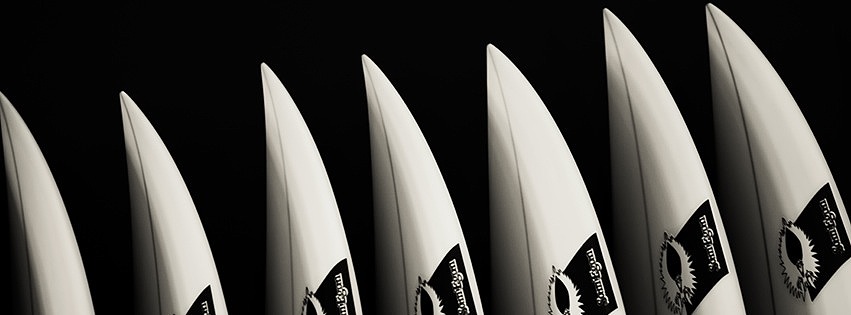
4 Questions To Ask Before Buying Your Perfect Surfboard
Your own board isn’t just your heart’s desire, it’s an absolute necessity if you’re serious about surfing. You and your board are on an amazing journey and you’ll get to know each other’s habits and strengths and limitations really well. But here are the four critical questions you need to answer before you buy that board, especially if it’s your first. Surfing takes persistence, and it’s so much easier to stay with it and push through to proficiency if you start with the right board for you.
VOLUME? (Size matters!)
Surfing and surfboards are like almost everything in life – there’s trade-offs. And the first one is volume. Volume is literally how much space your board takes up in the world (not how much space it takes in your heart – that’s a whole other matter).
Volume is the length, breadth and width of the board expressed in litres. The higher the volume, the more buoyant, the easier to paddle and the more stable the board. Great – isn’t that what you want? Yep. Except there are trade-offs. A high volume board is harder to maneuver and control in waves, and harder to duck dive through the wash when you’re padding out.
SHAPE & TYPE?
There are four boards that work really well for beginners. Let’s take a quick trawl through them:
- Soft boards: Buoyant, stable, easy to ride and – a big one – safe for you and for the other riders around you.
- Fun Boards: Great for light-weight surfers (like groms) fun boards are usually shorter and smaller and a little easier to duck dive than a Mini-Mal.
- Mini-Mals: Wider but with similar stability and paddle power they are only second to the soft boards because they’re a bit harder to duck dive under waves.
- Fish/Grovel boards: Once you get a bit of experience, you may want to promote yourself to a fish. These boards can help you learn more surfing manouvers, but make sure you have some confidence or a high level of fitness first.
NEW OR USED?
If a new board is in your budget, don’t hesitate. Even with a new board, however, make sure you check the entire surface for any imperfections or slight dings due to poor handling or storage.
If you choose a second hand board, the inspection process is even more important. There are lots of excellent second-hand boards available but look carefully for signs of wear and carefully inspect any repairs. Some used boards have very little wear, others have been lovingly cared for, but if there are obvious repair jobs, make sure they’re professionally done. Don’t buy a dodgy board. It may be cheap, but you’ll never be happy with it – and isn’t this all about happy?
IN STORE OR ONLINE?
Online shopping is great for convenience and shipping is pretty sophisticated these days, but nothing beats the experience of wandering through a surfshop, talking to pros who really know their stuff. Like us, here at Manly Surfboards.
And nothing beats that moment when you meet your perfect match, face-to-face.
If you’re shopping online, double check return policies and shipping costs so if the board has any transport or handling damage, you can return it without penalty. Surfboards are fragile, make sure yours is treated right.
GREAT DEALS ON NEW AND SECOND HAND SURFBOARDS
Our second hand surfboards sell quickly, so grab yourself a bargain before the board you wants disappears

